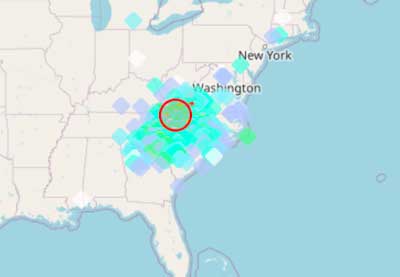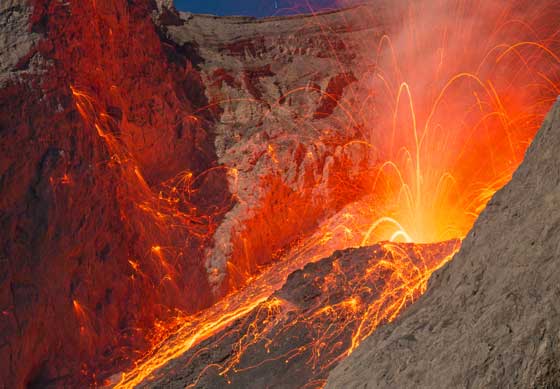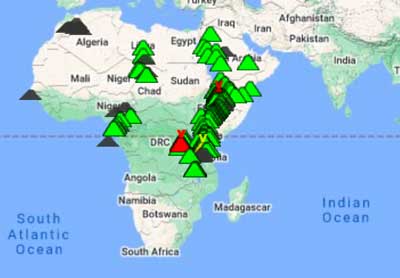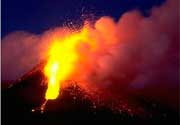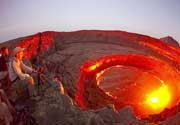El Aguajito Volcano
Updated: Apr 27, 2024 08:36 GMT -
caldera 1300+ m / 4,265 ft
Baja California, Mexico, 27.6°N / -112.53°W
Current status: normal or dormant (1 out of 5)
Baja California, Mexico, 27.6°N / -112.53°W
Current status: normal or dormant (1 out of 5)
El Aguajito volcano (also known as Santa Ana caldera) is a large 10 km wide caldera at the coast of the Gulf of California, northwest of the older La Reforma caldera. The caldera formed during massive eruptions about 760,000 years ago in what would be called a super-volcano eruption, and its rim is no longer exposed. A series of lava domes that formed about 500,000 years ago, occupy its northern edge. There is an active geothermal system with hot springs along the southern side of the caldera.
[smaller] [larger]
El Aguajito volcano eruptions: more than 10,000 years ago
Latest nearby earthquakes
| Time | Mag. / Depth | Distance / Location | |||
| Apr 25, 12:57 am (Mazatlan) | 3.8 17 km | 21 km (13 mi) to the S | Info | ||
| Tuesday, April 16, 2024 GMT (1 quake) | |||||
| Apr 16, 12:56 am (Hermosillo) | 3.3 6 km | 23 km (14 mi) to the NE | Info | ||
Background
The rim of the approximately 10-km-wide resurgent caldera is not exposed, but an arcuate line of andesitic-to-rhyolitic lava domes covers its northern margin. Formation of the rhyolitic caldera was associated with the eruption of ignimbrites, K-Ar dated at 0.76 +/- 0.06 million years ago (Ma), most of which were deposited in the Gulf of California.Rhyolitic lava domes on the northern margin have been dated at 0.5 +/- 0.04 Ma; dacitic lava domes on the southern side of the caldera appear to be older. The regional NNE-SSW-trending Cimarron fault cuts across the center of the caldera. Hot springs are located along the southern caldera margin, and active seismicity was noted during geothermal exploration. (source: Smithsonian / GVP)





